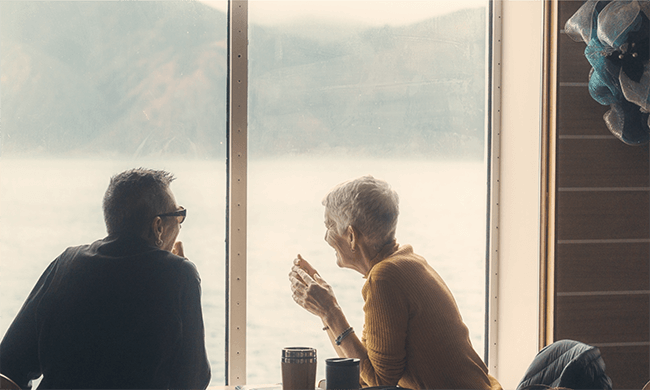At 60 million pixels
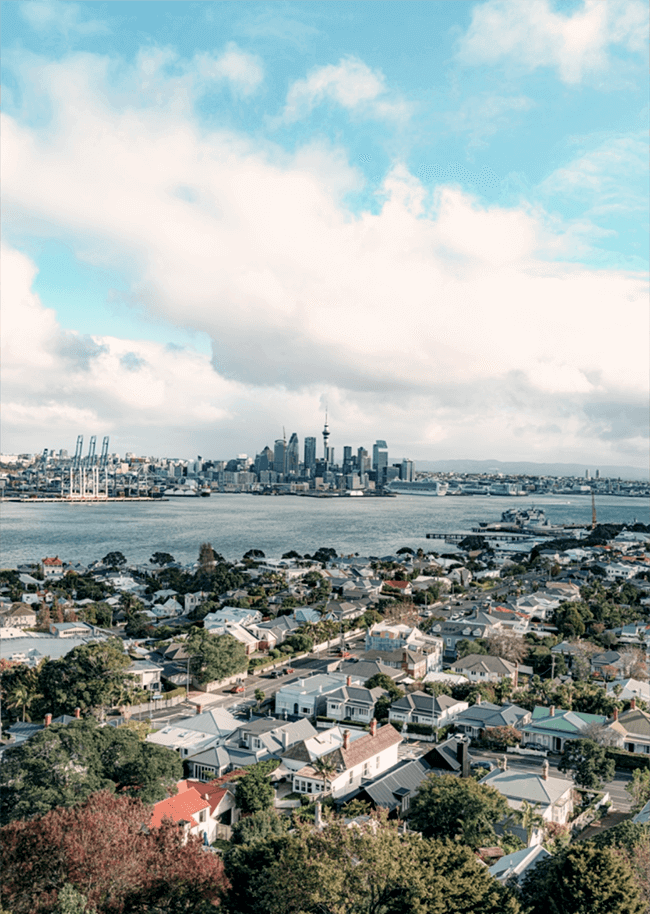
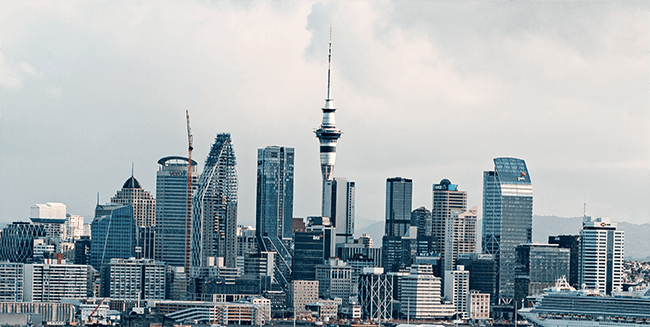
Is your impression that only such large, bulky—oops, no, large and heavy cameras can capture such ultra-clear photos?
However, all the photos you just saw were taken by this one—the Sony A7CR.
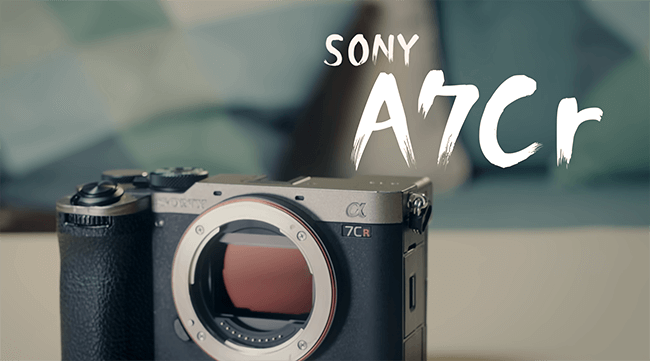
Yes, it’s currently Sony’s full-frame camera with the highest resolution, smallest size, and best looks (though now the RX1R III is the smallest 60-megapixel full-frame). Well, in terms of looks, we’re only comparing within Sony’s lineup.
The reason I’m featuring it now is that Sony dropped a big update in April 2025: firmware version 2.0. This firmware elevated the A7CR’s autofocus and video stabilization to an entirely new level. I previously made a detailed video about this firmware update, so if you’re interested, you can check that out later.
Higher resolution certainly offers more creative freedom. With this CMOS sensor, you can experiment freely with composition—no restrictions.
It also handles counting stars in the Leo constellation on clear nights with zero pressure.
But “pore-level” resolution comes with hefty file sizes. A single uncompressed RAW photo is around 128MB, meaning just 8 photos take up roughly 1GB.
If you have a 256GB iPhone and shoot 500 photos a day, your phone storage would fill up in about 3-4 days.
Another advantage of high resolution is compatibility with numerous smaller, more affordable APS-C lenses. While many cameras offer an APS-C crop mode, *but* not every camera retains 26 million pixels when using APS-C mode. It’s like saying: I spent more money to essentially get an APS-C camera?
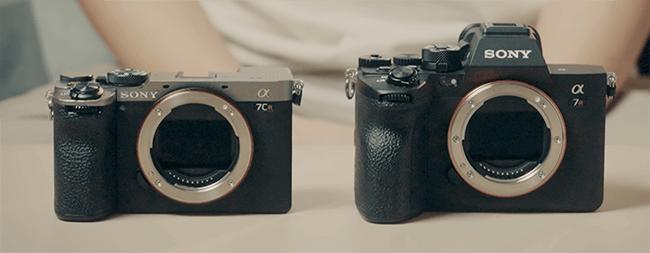
Talking about performance without considering use cases is nonsense. The benefit here is that for important scenarios, you can shoot with full-frame lenses and large apertures. Meanwhile, for travel or daily life, you can switch to smaller APS-C lenses. With its design, it even works as a stylish prop for street photography.
Pair it with Viltrox’s 28mm f/4.5 pancake lens, and it instantly becomes a stand-in for the Ricoh GR III (though, uh, it’s more expensive than the Ricoh). Either way, its size fits into a slightly larger pocket, making it perfect for street photography. Plus, this 28mm is a full-frame lens—when using APS-C mode, it’s equivalent to a 42mm focal length, so you’re essentially carrying two prime lenses for street photography in one compact setup.
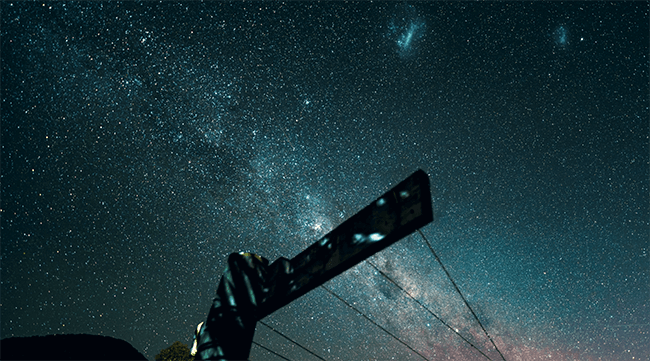
Beyond high resolution, the A7CR has other standout features:
1. First, AI smart autofocus. It tracks subjects seamlessly whether they move in or out of the frame—responsive every time. You could even spin around, jump, or close your eyes, and it keeps up. This autofocus works smoothly with many third-party lenses and during video recording, which is a huge time-saver for content creators. Notably, the updated firmware adds intelligent subject recognition, a feature exclusive to the A7CR after the 2.0 update—even the A7R5 doesn’t have it.
2. It also includes the same LUT import Function as the ZV-E1, invaluable for video creators. You can import custom LUTs to preview post-processing effects in real time. I often use a modified LUT that boosts exposure by 1.7 stops to pair with S-Log3. Again, the A7R5 lacks this.
3. It adds Dynamic Enhancement Stabilization, on par with the ZV-E1 and A9 III. It delivers gimbal-like stabilization in 4K without quality loss, though with a ~1.5x crop. For vloggers who dislike using gimbals, this is a game-changer. The A7R5? No such luck.
4. The A7CR introduces aspect ratio options (2.35:1 and 1.91:1) in photo mode, bringing it closer to cinematic framing—even matching the Fujifilm X100RF’s new feature. A minor complain: these ratios only assist composition; the saved photos remain in the original 3:2 aspect ratio. Also, the menu logic is rigid, limiting you to one preset ratio. (Even so, the A7R5 still doesn’t have this.)
5. You can capture in-camera screenshots while recording video. The resolution matches the video quality, but it’s a huge time-saver for content creators in the right scenarios.
6. It can output 16-bit 4K 60p RAW to an external monitor. However, the A7CR omits 8K video recording, so the A7R5 gets a point here.
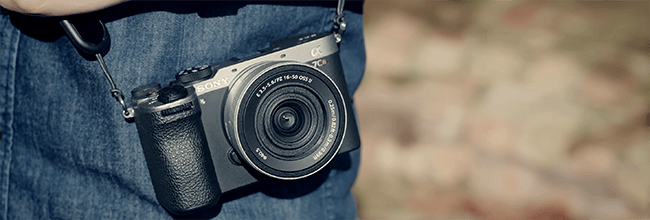
Other Advantages, shared with newer models, are worth a brief mention:
- It shoots 14-bit RAW and records internal 4K/10-bit/4:2:2/60p H.265 video, offering ample post-processing flexibility.
- Instant switching between photo and video modes—critical for solo creators needing to capture both formats quickly, especially for candid shots.
- Following the A7M4, Sony’s newer cameras include FL and IN filters (similar to Fujifilm and Ricoh’s film simulations), enabling one-tap polished results for both photos and videos.
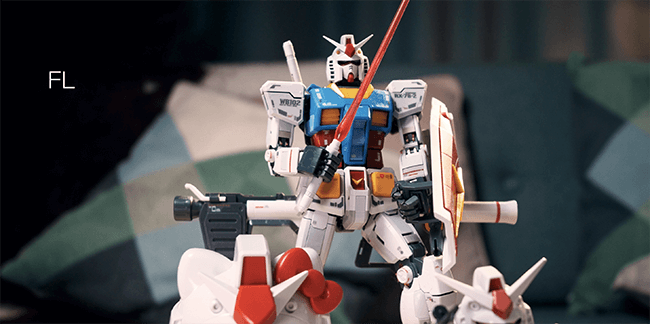
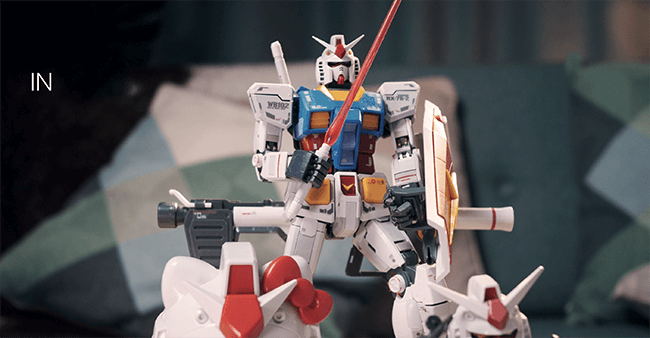
Now, onto the drawbacks:
1. Price: At around 2,700 (currency unspecified), there are many alternatives. Spending a bit more gets you the pro-grade A7R5, while saving gets you the excellent A7C II. Its price seems to target a niche between them—let’s just say I felt like a “sucker” here (guilty as charged~).
2. Its compact size makes it less appealing to commercial clients. It’s not about image quality; its sleek design looks more like a fancy toy, risking mockery from clients.
3. From a professional standpoint, the single card slot is a liability. I rarely encounter card failures, but one bad experience is enough to make you regret it.
4. Ergonomics are frustrating. Compared to the A7R5, it loses 2 custom buttons and the focus joystick, forcing frequent dives into submenus. This feels intentional—even the smaller, cheaper A6700 has an extra custom button.
5. The display uses the same old side-hinged screen. In 2025, at this price point? While fine for video, it’s terrible for stills—subjects and framing end up misaligned, often throwing off composition. I struggled with lopsided shots when switching to this screen. Other brands offer fully articulating 4-way screens; why stick with this?
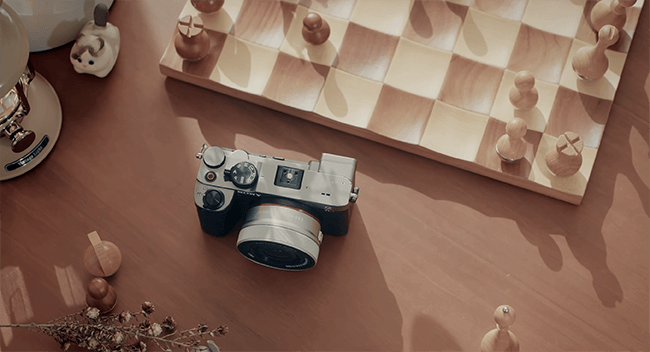
Minor drawbacks that don’t hinder daily use:
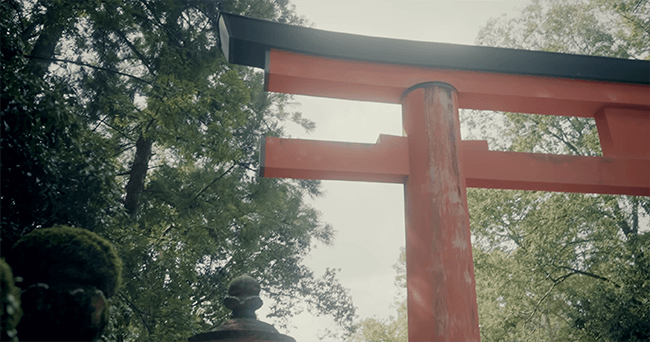
- A common issue with high-res cameras: mediocre high-ISO performance.
- 4K 60p video uses pixel binning (not oversampling), leading to more rolling shutter. The fix: switch to APS-C mode for 4K 30p, which uses oversampling—slightly better video quality here.
- Compared to the A7R5: 7-stop vs. 8-stop stabilization, 8fps vs. 10fps burst, and 1/4000s vs. 1/8000s max shutter speed.
In summary, the A7CR has distinct pros and cons. It’s not for everyone, but it’s my most-used camera. Its portability makes me more likely to carry it daily, while its image quality and features eliminate shooting worries—whether for photos or videos, it delivers effortlessly.
